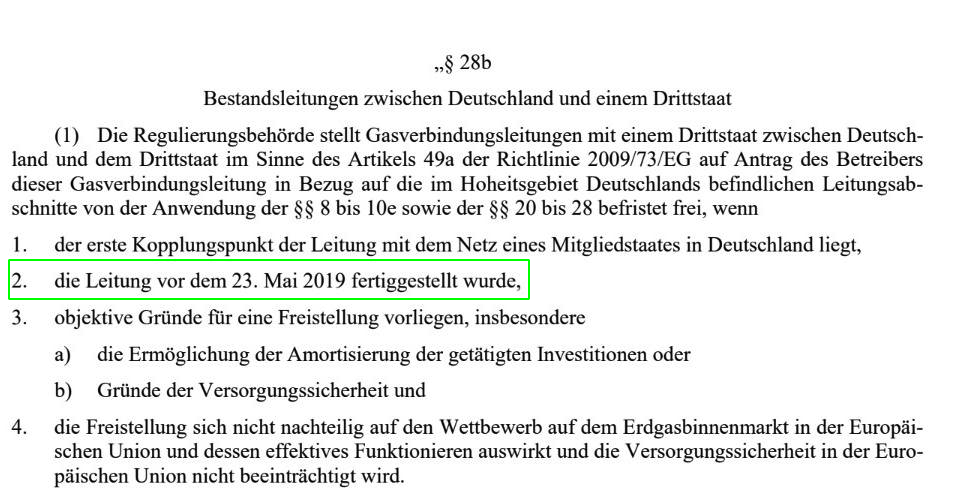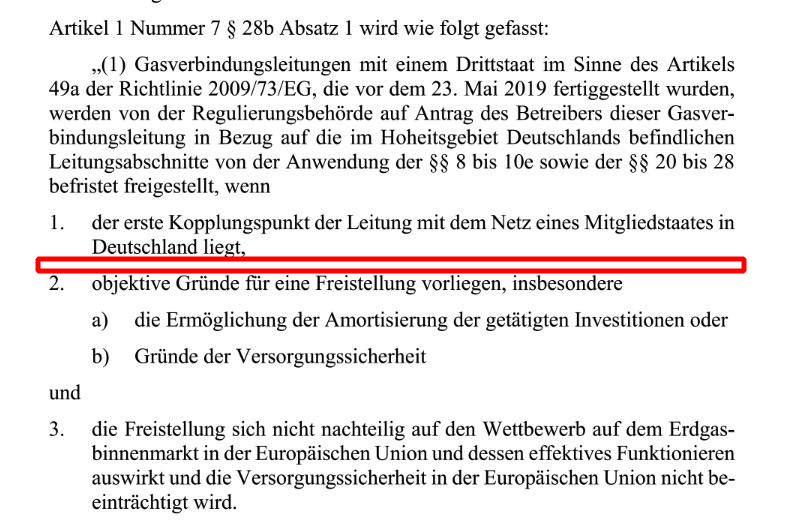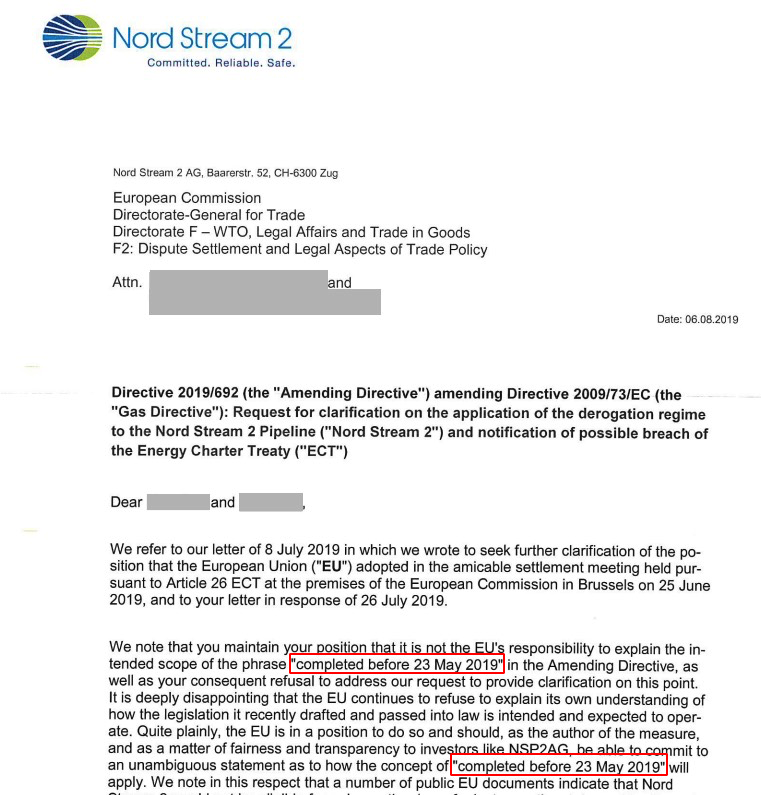last week @LaurentRuseckas, afterthe @cepa seminar argued that NS2 does not represent a threat to energy securityas ‘diverting some Russian gas from one route to another does not affect the level of dependence on Russian gas, nor EU energy security’
See: ntrl.ntis.gov/NTRL/dashboard…





